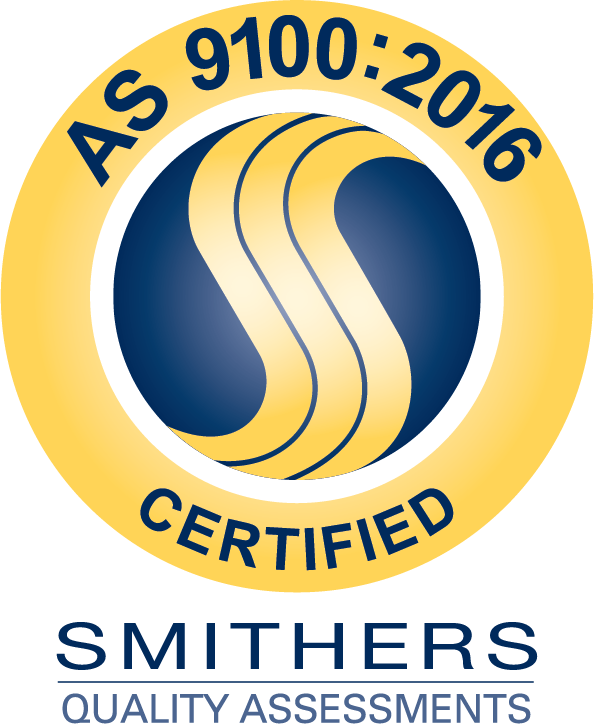What is Foylon?
Foylon 7440 is a laminated thermal reflective fabric made of fiberglass and aluminum. Unlike other materials like reflective Mylar, aluminum foil and synthetic polymer films, Foylon heat reflective fabric is unique in its ability to maintain reflectivity while remaining flexible, lightweight and extremely durable. This makes it one of the most optimal UV reflective materials for stressful environments or while working on tough jobs.
The Physical Properties of Foylon Reflective Fabric
Foylon XL delivers maximal light reflectivity while maintaining flexibility and durability in demanding applications. Foylon reflective fabric can be used for heat/light dispersion involving both indoor and outdoor applications. When used in everyday applications, the physical properties of this heat reflective fabric translate into tangible advantages that make Foylon a standout among other heat or UV reflective fabrics. For example, Foylon 7440 is extremely durable under tough conditions like high temperatures and open flames. It will not fade, crack or tear even after many years of service in an intense environment. Due to its durability, Foylon reflective material can be easily positioned, cleaned and maintained without fear of damaging the fabric.
Here are some of the characteristics and physical properties of FOYLON® reflective fabric:
| Test and Methods | Result | Unit |
| Weight FSTM191.5041 | 6.3 ± 0.2 | oz/yd2 |
| Adhesion ASTM D751 | 10 ± 2 | lbs./inch |
| Mullen FSTM191.5512 | 218 ± 10 | PSI |
| Tensile – Grab (MD/CD) FSTM191.5100 | 344 / 325 ±15 | lbs. |
| Tear – Tongue (MD/CD) FSTM191.5134 | 37.2 / 30 ± 3 | lbs. |
| Vertical Flame FAR 25.853(a)(1)(ii) | — | — |
|
0 / 0 ± 2 | seconds |
|
0.8 / 0.8 ± 0.2 | inches |
Foylon Reflective Fabric vs. Reflective Mylar
When you’re considering Foylon vs. Mylar, reflective Mylar is a less optimal solution for heat and light dispersion and more likely to create hot spots. Because Foylon is extremely durable, it is typically more expensive than other common reflective fabrics like Mylar. However, its incredible longevity and long-term energy savings are well worth the initial cost. Mylar is still a great material to use because it is extremely reflective and excellent for tents and greenhouses (as long as there is proper ventilation). However, Mylar can rip easily and leave you feeling stressed out if you need a replacement. Additionally, unlike Foylon 7440, reflective Mylar has conductive properties that can be dangerous if you don’t monitor your applications closely.
Where Can I Buy Foylon? Order Custom Foylon Reflective Fabric at Duracote
With its amazing physical properties and in-service advantages, 7440 Foylon reflective fabric has been used as a heat and light reflective solution in a wide variety of industries. Some common applications for Foylon include:
- Heat barrier curtains
- Mattress and furniture flagging
- Protective covers
- Aircraft instrument shields
- Greenhouses
- Home insulation
- Aerospace applications
- Tents and shelters
- Industrial design
- Shipping
- Protective clothing
If you are in need of heat and light reflective solution, Foylon 7440 could be the product that meets the needs of your specific application. For more information about the capabilities of Foylon heat reflective material, call Duracote at (800) 321-2252 or contact us online. We’ll work with you to develop Foylon reflective fabric or another type of custom material solution that’ll give you a new competitive advantage.
